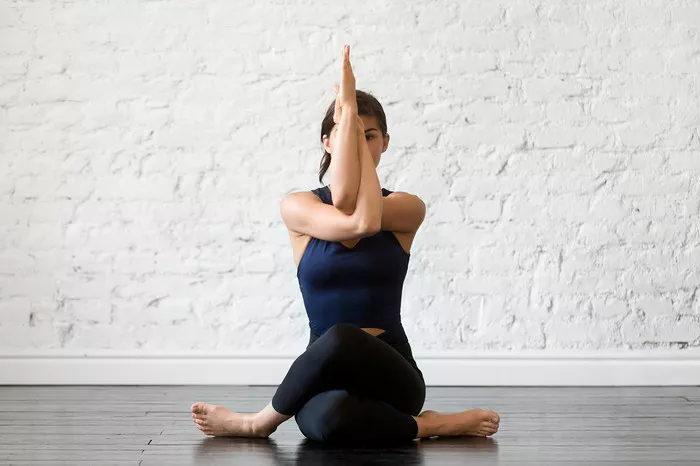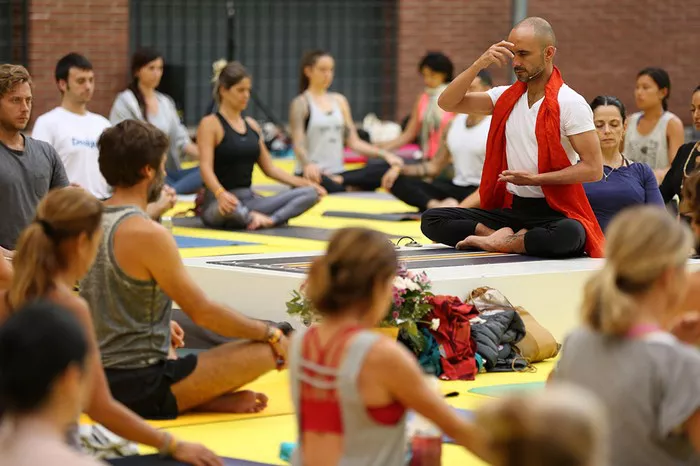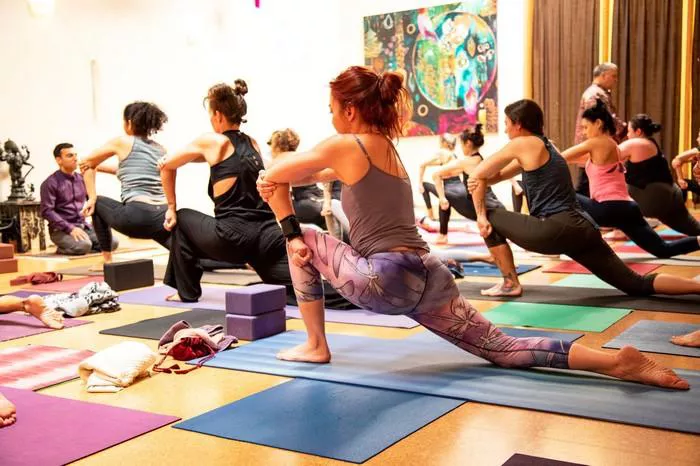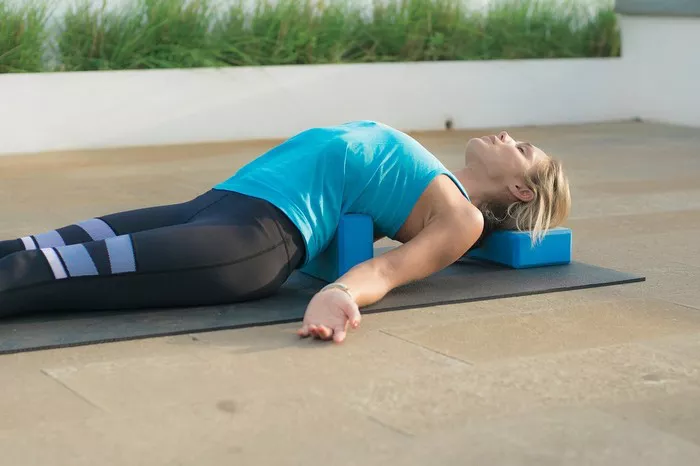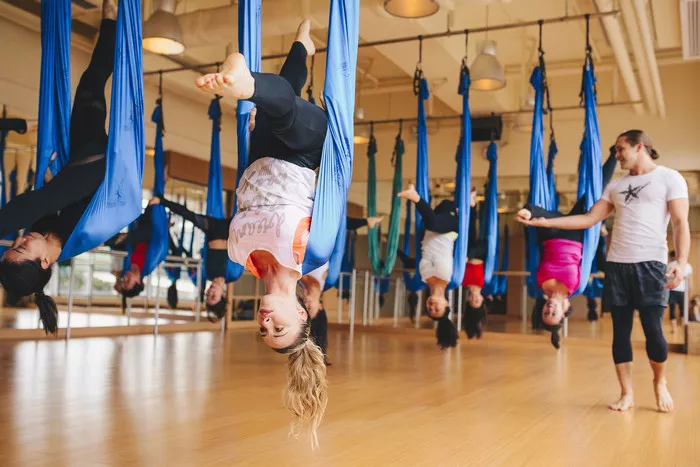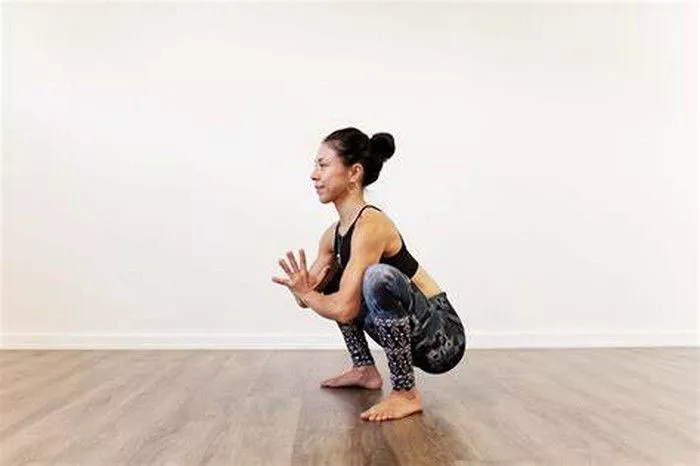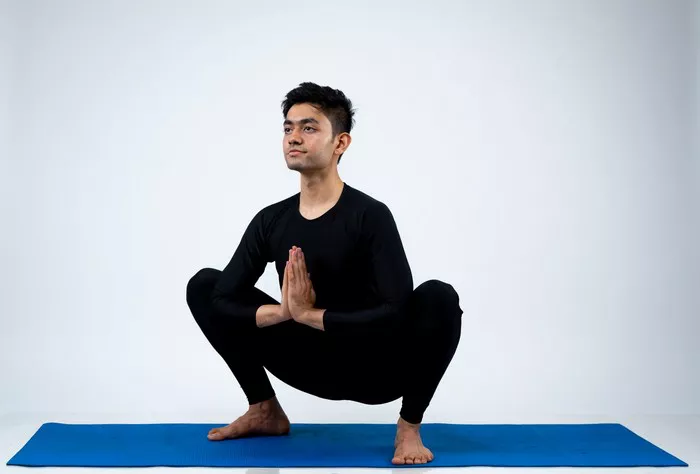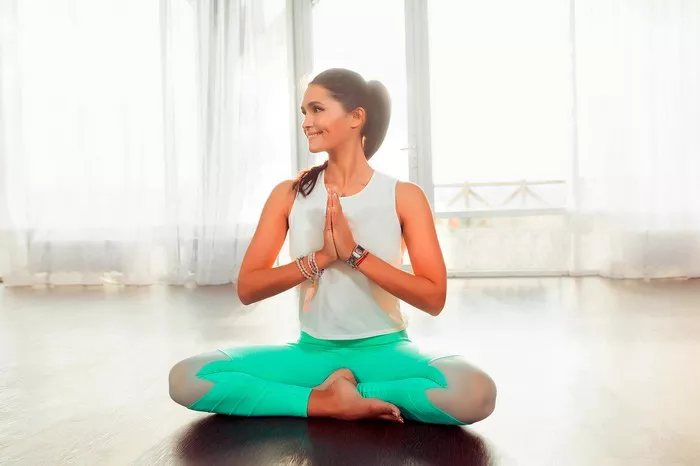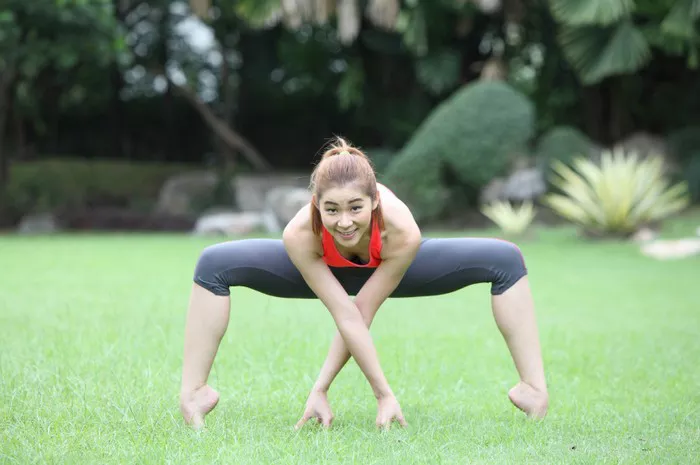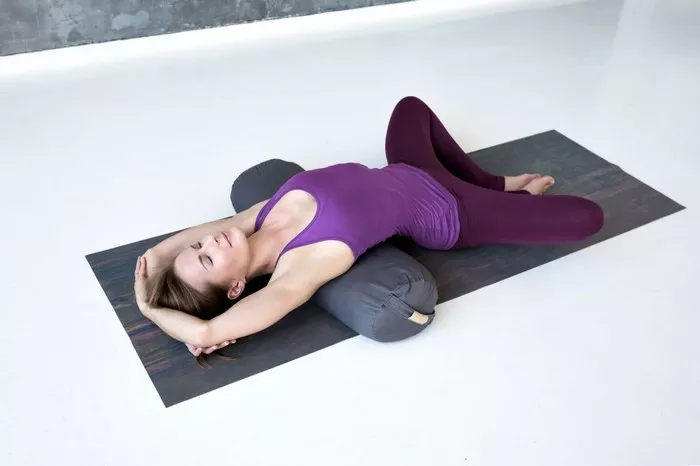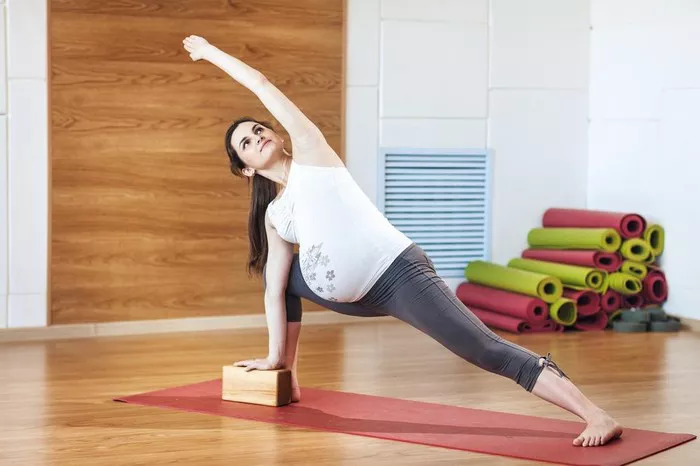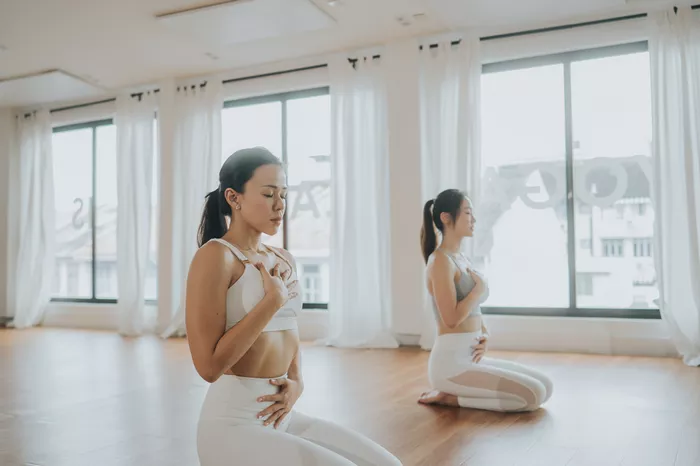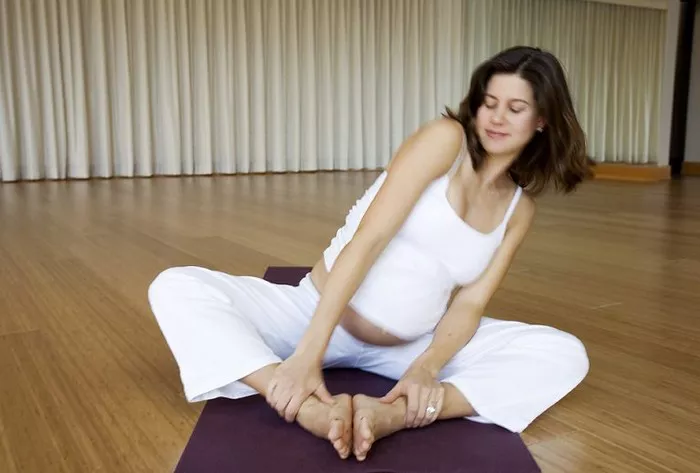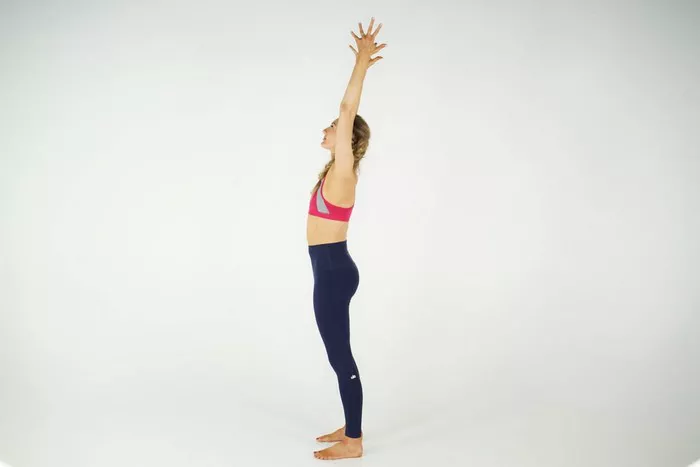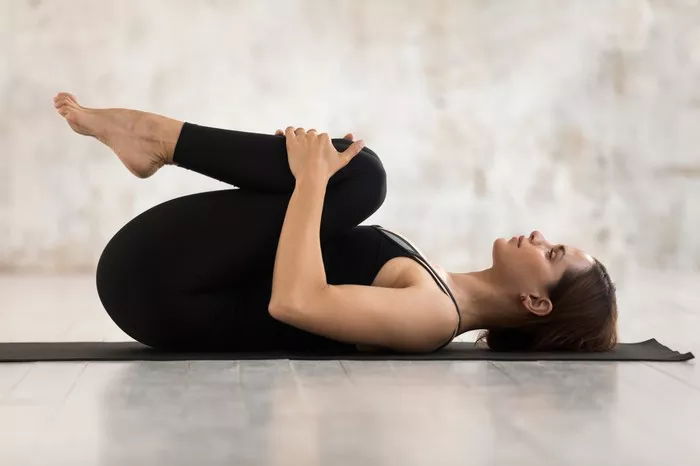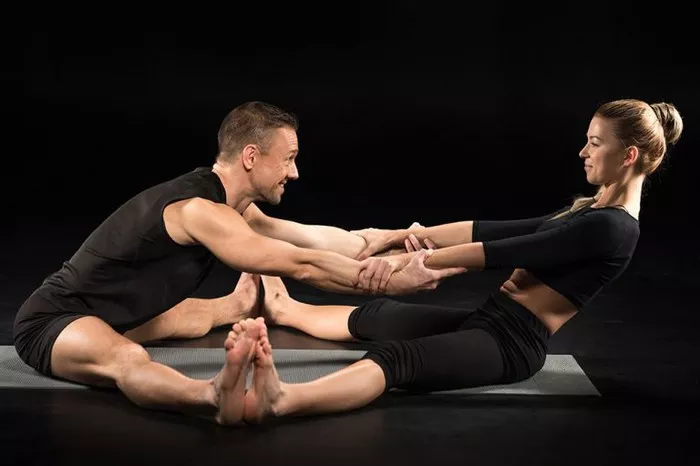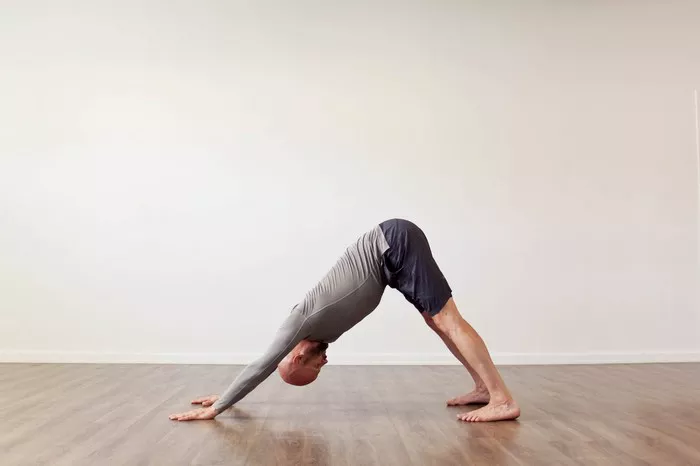The Dolphin Pose (Ardha Pincha Mayurasana), often described as a variation of Downward-Facing Dog, is an advanced yoga posture that offers numerous physical and mental benefits. However, many practitioners struggle with the pose despite its similarities to the more familiar Downward-Facing Dog. If you find yourself wondering why the Dolphin Pose feels so challenging, you are not alone. Understanding the key elements involved in this pose can help you overcome these challenges and eventually master it.
In this article, we will explore the biomechanics, common mistakes, and techniques to improve your practice of the Dolphin Pose. By the end, you’ll have a better understanding of why this pose is difficult and how to make it more accessible and effective for your body.
The Anatomy of Dolphin Pose
To begin, let’s break down the Dolphin Pose itself. The Dolphin Pose involves a forearm plank position, with your arms bent at a 90-degree angle and your elbows positioned directly under your shoulders. From here, you lift your hips toward the ceiling, similar to the Downward-Facing Dog, but instead of placing your hands on the mat, you rest on your forearms.
Key Components of Dolphin Pose:
Forearm Plank Position: In this part of the pose, your forearms are on the floor, with your elbows aligned directly under your shoulders. Your hands are either clasped together or placed flat on the floor with fingers spread wide for stability.
Hips Elevated: You then move your hips up and back toward the ceiling, creating an inverted “V” shape with your body. The goal is to keep your body long, with your shoulders and chest lifting as you press your forearms into the floor.
Legs Engaged: The legs need to remain straight and active, pushing the heels toward the floor. While keeping the legs straight, you engage your quadriceps and lift your thighs toward the ceiling. The legs should be strong and engaged throughout the posture.
This pose can look deceptively simple at first glance, but the challenges arise from its demand for strength, flexibility, and balance.
Why is Dolphin Pose so Difficult?
The difficulty in the Dolphin Pose arises from several factors, each of which demands careful attention and practice. Let’s examine these key challenges:
1. Forearm Strength and Endurance
The Dolphin Pose places significant weight on the forearms, and maintaining this position requires strong forearm, wrist, and shoulder muscles. Unlike Downward-Facing Dog, where your hands bear the weight of the body, the forearms in Dolphin Pose must support not only the weight of your torso but also the weight of your hips and legs as they elevate.
Forearm and Wrist Strength: It’s not just the arms that need strength—your wrists also play a pivotal role in holding the pose. Many practitioners struggle with wrist discomfort, which can limit their ability to maintain the posture for an extended period. If the wrists are not conditioned to support your body weight, this can make the pose feel even more challenging.
Shoulder Stability: A large part of the challenge also lies in the shoulder joint. The shoulders need to maintain a stable position while pressing down into the floor, preventing them from collapsing toward the ears. A lack of shoulder stability can cause discomfort and misalignment.
How to Improve:
Build Forearm Strength: To strengthen the forearms, incorporate exercises like forearm planks, forearm push-ups, or wrist curls into your practice. Gradually increase the time spent in these positions to build endurance.
Strengthen Shoulders and Upper Body: Shoulder stability exercises, such as downward-facing dog holds, shoulder presses, or yoga poses that engage the upper body, can help you build the necessary strength in the shoulders and upper back to support the Dolphin Pose.
Wrist Flexibility and Strengthening: To avoid wrist pain, consider performing wrist stretches and exercises regularly. Simple exercises like wrist rotations, handstands against a wall, or yoga poses like Puppy Pose (Uttana Shishosana) can help relieve tension and improve wrist flexibility.
2. Core Engagement
The Dolphin Pose requires a significant amount of core strength. Unlike other poses, where the core is merely engaged for stability, in Dolphin Pose, it plays an essential role in holding the body in an inverted “V” shape. The core not only helps stabilize the spine but also supports the legs in lifting upward and the hips in staying high without sagging.
Engagement of the Lower Abs and Upper Abs: The challenge lies in maintaining the engagement of both the upper and lower core muscles while in this inversion. The lower abs are responsible for lifting the hips, while the upper abs are key for maintaining the alignment of the torso.
How to Improve:
Strengthen the Core: Engage in exercises that specifically target the core muscles. Plank variations, boat pose (Navasana), and leg raises can help you develop stronger abdominal muscles. Keep practicing these in various yoga poses, gradually increasing the difficulty level to build endurance.
Mindful Core Activation: In Dolphin Pose, focus on pulling your belly button toward your spine to engage the lower abs. Also, avoid letting the chest collapse toward the floor—keep lifting through the ribcage, using the upper abs to maintain that lift.
3. Hamstring Flexibility
For the Dolphin Pose to be effective, it requires a significant amount of hamstring flexibility. The legs must remain straight, with the heels pushing down toward the mat. This hamstring flexibility is crucial to creating a proper inverted “V” shape, which is the hallmark of this pose.
Tight Hamstrings: Many yoga practitioners struggle to keep their legs straight because their hamstrings are too tight. This prevents the hips from reaching their full height and can lead to a rounded back, compromising the integrity of the posture.
How to Improve:
Stretch the Hamstrings: Regular hamstring stretches, such as Forward Fold (Uttanasana), Pyramid Pose (Parsvottanasana), and standing hamstring stretches, will help improve flexibility over time. You can also incorporate dynamic hamstring stretches like leg swings or lunges.
Gradual Progression: If your hamstrings are tight, don’t push for a fully straight leg in the Dolphin Pose right away. Instead, bend the knees slightly, allowing the hips to move upward, and then work to straighten the legs gradually as flexibility improves.
4. Spinal Alignment and Flexibility
In Dolphin Pose, maintaining a neutral spine with proper alignment is critical for both safety and effectiveness. A misaligned spine can lead to unnecessary tension in the back, shoulders, and neck. Achieving a straight line from the tailbone to the crown of the head requires a combination of spinal flexibility and awareness.
Back Tightness: Tightness in the back muscles, particularly the lower back, can make it difficult to extend the spine fully. This can cause rounding in the back and prevent the proper lift of the hips.
How to Improve:
Spinal Flexibility: Incorporate backbends like Cobra Pose (Bhujangasana) and Upward-Facing Dog (Urdhva Mukha Svanasana) into your practice. These poses help increase the flexibility and extension of the spine.
Lengthen the Spine: In Dolphin Pose, focus on lengthening the spine, drawing the tailbone toward the ceiling and the crown of the head toward the floor. Keeping the spine long prevents excessive rounding and keeps the posture safe.
5. Mental Focus and Patience
Like many challenging yoga poses, the Dolphin Pose requires mental discipline and focus. It may take time to develop the necessary strength and flexibility, which can lead to frustration. The mind often wants to give up when the body starts to shake or feel fatigued. Cultivating patience and being mindful of your breath are essential to overcoming these mental barriers.
Dealing with Frustration: Many practitioners struggle with impatience, especially if they can’t immediately perform the pose. This mental challenge is a common obstacle and can prevent progress.
How to Improve:
Breathing Techniques: Focus on deep, controlled breaths during the pose. Inhale and exhale through the nose, allowing the breath to anchor you in the present moment. Breathing mindfully will help reduce mental stress and help you push through challenging moments.
Practice Patience: Understand that yoga is a journey, and mastering difficult poses takes time. Celebrate your progress, even if you don’t achieve perfection in the pose. With consistent practice, you will get closer to your goal.
Conclusion
The Dolphin Pose is undoubtedly a challenging posture, but with dedicated practice, you can overcome the physical and mental hurdles that come with it. By building forearm strength, engaging your core, improving flexibility, and maintaining mental focus, you will develop the necessary skills to hold the pose with ease.
Remember, yoga is a practice, not a perfection. Celebrate each step toward mastery and honor your body’s unique abilities. Keep challenging yourself with patience and consistency, and soon enough, you’ll find the Dolphin Pose to be not only accessible but an integral part of your yoga journey.
Related Topics:


